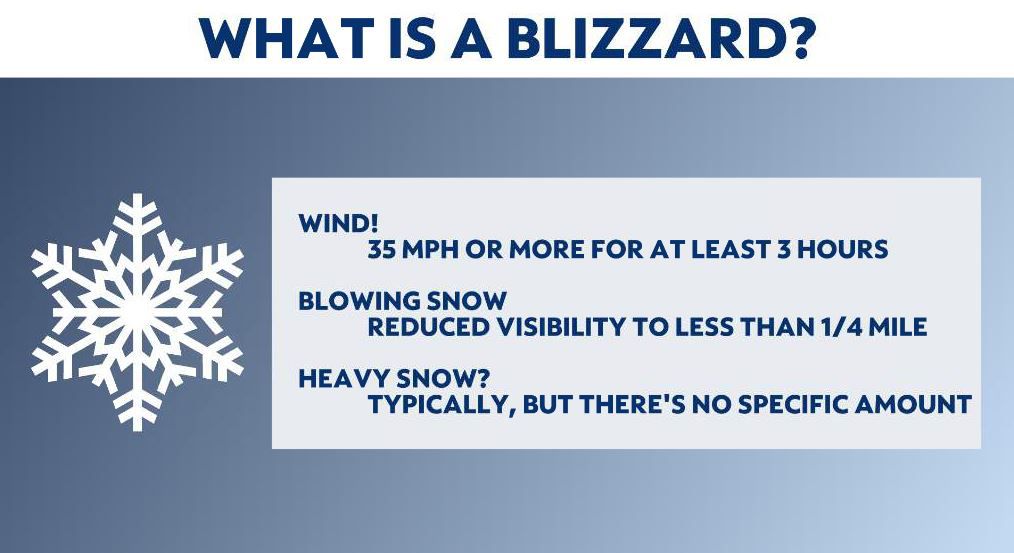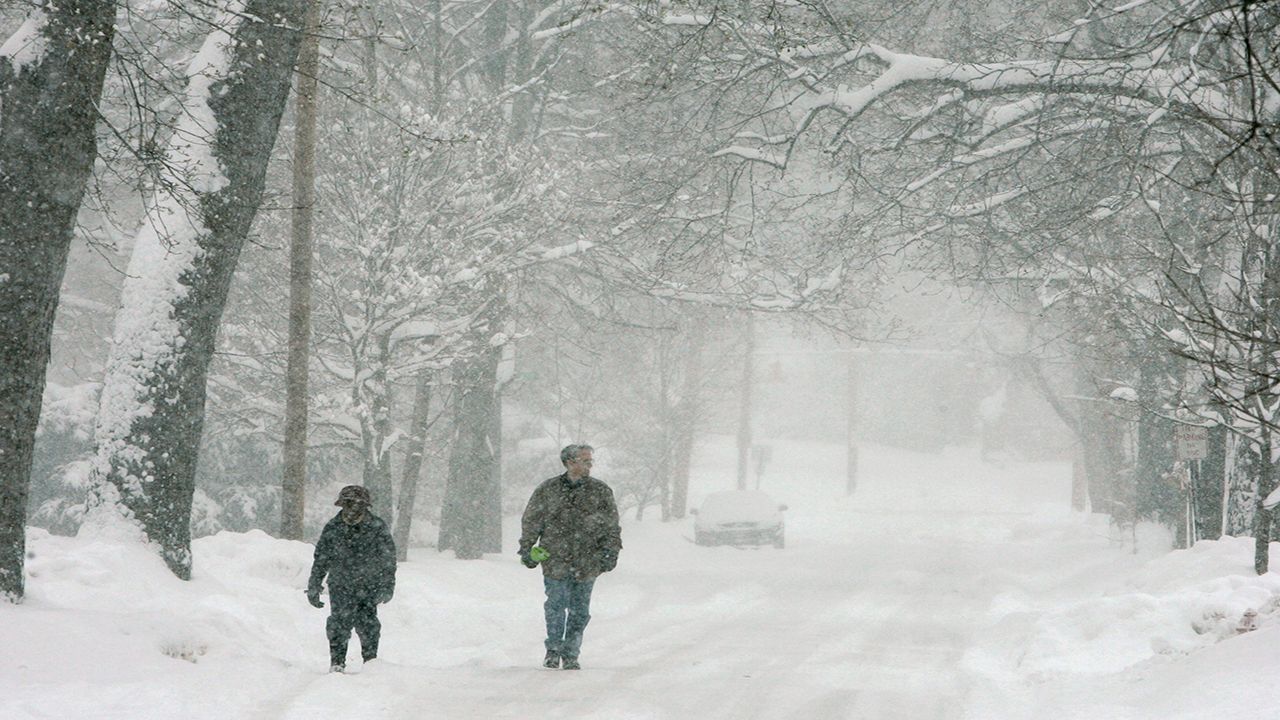November 14-20 marks Winter Safety Awareness Week in Ohio.
Winter weather is always changing, so it is important to educate yourself on the winter weather terms and alerts.
Also, make sure you have multiple ways of getting weather information, including on our Spectrum News 1 app.
Watch: Snow, sleet, or ice are possible with a winter storm
Advisory: Expect winter weather and exercise caution
Warning: Significant snow, sleet, or ice is likely
A watch calls for you to be on alert as conditions within the next few days could produce heavy snow, sleet, or freezing rain and cause significant impacts.
With an advisory, the forecast shows light amounts of wintry precipitation or patchy blowing snow. This will cause slick conditions and could affect travel, but is generally not especially dangerous if people take precautions.
Finally, a warning means that the confidence in an impactful winter storm is high and coming soon. In this case, a winter storm will produce heavy snow, sleet, or freezing rain and cause significant impacts.
During a big winter storm in Ohio, it's common to have a Winter Storm Warning or Ice Storm Warning.
If a winter storm is capable of producing heavy snow (six inches or more) or a combination of significant winter weather causing major impacts or dangerous conditions, then a Winter Storm Warning is issued.
An Ice Storm Warning also requires you to react, since these are issued when there is a threat for at least a quarter-inch of ice accumulation.
So, how about Blizzard Warnings? Blizzards happen in Ohio, but not as often as you might think. The bar is pretty high.

Not every big winter storm will be like the Great Blizzard of 1978. Here's why.
Blizzards typically happen when a winter storm has a major drop in air pressure, and with that change in pressure, strong and gusty winds develop. Winds are key! That's the main difference between a blizzard and a snowstorm.
For a Blizzard Warning to be issued, the storm must bring sustained winds or frequent gusts of at least 35 miles per hour. Blowing snow must also reduce visibility to a quarter-mile or less. These conditions need to be met for at least three straight hours.
For a complete list winter alerts and the criteria for each, click here.



